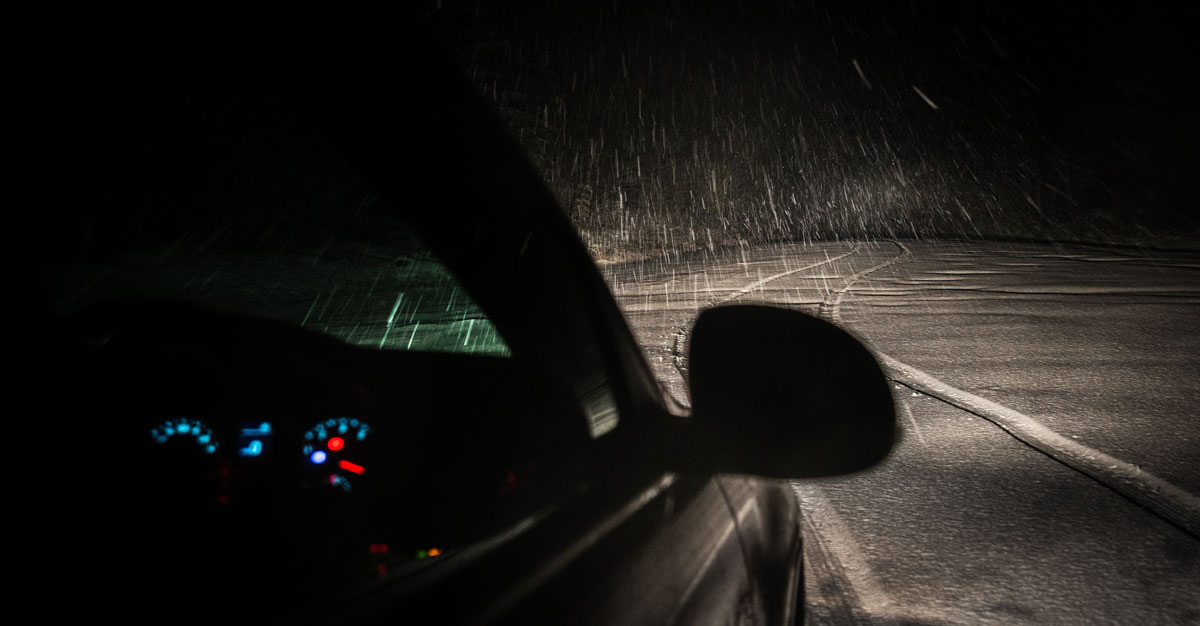The Driver and Vehicle Standards Agency (DVSA) have issued a new campaign into broadening the experience of learner drivers.
There are many things that you must learn and experience in order to be able to pass your practical driving examination. From December 2017, the driving test was changed in order to make sure that new drivers have the up-to-date skills they need to help them in safe driving.
Throughout the months of December 2017 – February 2018, the government conducted an online survey to figure out how people felt in the new way of being tested. From the results, the government is now introducing a new road safety action plan to give current and future learner drivers a more thorough experience when it comes to practical learning.
The DVSA are positioning a new campaign for learners to experience more time driving in different conditions and circumstances. The three main aspects of the new campaign include:
– Driving on country roads
– Driving in the dark
– Driving independently
Did you know, 1 in 5 new drivers have a collision in the first year of passing? That’s over 160,000 out of the 800,000 people who passed in 2018. That’s a staggering number!
Country Roads
It is vital to practice on country roads for learner drivers. In 2017, over 10,700 people were killed or injured along a country road, which is 10 times more than those that occurred on a motorway.
It is safe to say that changing the test has improved the number of learner drivers practising on the country roads. Before the test changed, only 37.2% of people had 4+ hours of practice on the roads, whereas, after the changes, 44.2% of people had 4+ hours of practice.
The aim is to get the number of people who have spent 2+ hours on country road practice to go up from 70.3% to 74.3% by 2020.
Independent Driving
Independent driving is the closest thing learner drivers can get to feeling as though they have passed. This enables learner drivers to feel in control and shows a reflection of what driving would be like once they have passed their test.
It is a really valuable and important part of driving lessons. It helps learner drivers get a sense of driving on their own and not having the comfort of someone there with you. It is something that needs to be enhanced in the new plan, through the research from 2018, new drivers are still nervous to drive on their own after passing their test. However, after looking at a survey from people who passed their test 6 months previous, 90% said that they are now confident with driving independently and 6 months of passing.
Driving in the Dark
Between the hours of midnight and 6 am is seen to be the most dangerous time to be driving for new drivers, especially if you had no lessons in the dark. Driving in the dark is when the worst collisions happen due to your visibility being reduced as well as the speed and distance of things being a lot harder to judge.
In 2018, 17% of people had never had any driving lessons that helped with driving in the dark. However, 82.5% of people said that they had practice driving in the dark before their test. This is hoping to increase to 91.5% by the end of 2020.
To achieve the objectives, the DVSA will have to work closely with driving instructors and the industry. With this new scheme, new drivers will be more confident with their driving and hopefully being able to reduce the number of kills and injuries on the road.


